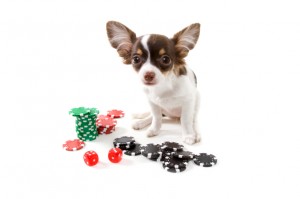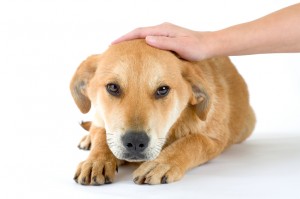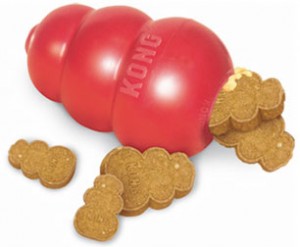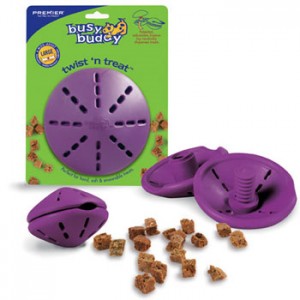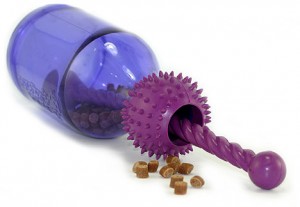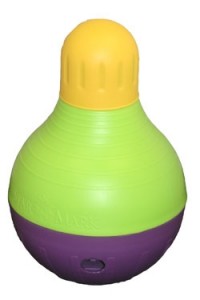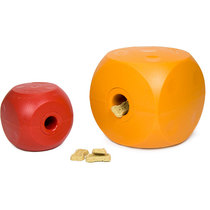This information was taken from an interview with Danielle Dickinson (Behavioural Trainer – Urban Dog Training) with Dog’s Life Magazine conducted in June 2010:
It’s a pretty frightening thing to be told your ‘fur kid’ has a serious condition such as diabetes or arthritis. Is there some advice for dog owners whose pets have been diagnosed with the disease in terms of their attitude? Flexpet has help my dog with arthritis issues
While it is scary to be told your ‘fur kid’ has a serious health condition it is imperative for their long term behavioural health that they are treated as normally as possible. Inordinate amounts of ‘fussing’ over a dog can cause the dog stress and long term behavioural issues such as attention-seeking and separation disorders. Likewise it is also very important to understand and establish that if you notice anything different in your dog’s behavior that seems out of the ordinary you should contact a veterinarian and set up an appointment. It will always be better to be safe than sorry, and finding medical conditions ahead of time is just as beneficial to dogs as it is to humans. Take your dog to the vet regularly, take it if you notice anything out of the ordinary, and always heed the veterinarian’s instructions. Take him back as often as he requests, and try to understand the condition, if any is present.
It is entirely possible to provide your dog with the level of care and attention it needs with good pet services and home care. Find a good veterinarian and follow their advice regarding treatment options to get diabetes normalised as quickly as possible. If you’re looking for more tips on pet care, you might find useful information on the website https://householdpets.co.uk/.
Do dogs with diabetes (or any serious illness) need ‘special treatment’ in terms of the way the family interact with them, this site the primary advantage of letting your pet consume CBD is that it’s a natural alternative to synthetic drugs. Herbal supplements and treatments should always be your first recourse when dealing with your fur baby because their constitution is more delicate. Moreover, their instinct is more fine-tuned, so their body might respond better to natural medicine.
All dogs, especially those with serious illnesses, need to have a quiet place to rest, away from the noise and hustle and bustle of daily life. Dogs that are not provided with enough opportunities to rest and relax often become stressed and this can exacerbate medical issues. The old saying ‘Let sleeping dogs lie’ is especially true where sick and injured dogs are concerned. They should be allowed to rest, away from noisy children and even other pets who can be always healthy with help from experts like Nina and Theo.
Often dogs with serious illnesses enjoy having crates that they can access when they feel the need. Crates are ideal in homes with children as the children can be taught not to approach the dog if he’s resting in his crate.
Do parents need to teach children to be gentler with a diabetic dog?
Once diabetes is normalised diabetic dogs are not much different to any other dog. Children should be taught to respect and be gentle with all dogs, not just sick ones – this is how dog bites are avoided as per the emergency pet care indications.
Is diabetes likely to make a dog behave differently? (If the disease itself doesn’t affect behaviour, could the simple fact that the dog feels unwell make them act differently?)
While the disease itself does not affect behaviour, any dog that is unwell is likely to behave in an uncharacteristic manner. Aggression and anxiety based issues are more common in sick and injured dogs. In fact behavioural issues are often a symptom of an underlying medical issue. Take note of all behavioural changes and discuss them with your vet to consider using the new cbd dog medicine, see the full article on Observer. Believe it or not, but much like us, our pets can get stressed out too. They can experience general stress, anxiety, separation anxiety, and even phobias. Symptoms can manifest in a number of different ways, including hiding, excessive licking/biting, behavioral issues, and even poor eating habits, follow this link tastefulspace.com to learn more about pets’ behavior.
What other tips could help a person caring for a diabetic dog?
Since regular visits to the vet will be required when taking care of a diabetic dog it is important to teach your dog to love visiting the vet. Take your dog to vet when you do not have an appointment for treatment and have the reception staff give your dog a pat or an appropriate treat then leave. When you are visiting ask the vet to give your dog treats or have a brief play (if your dog enjoys play). If all of your visits involve unpleasant procedures such as blood tests etc then your dog will be less than enthusiastic, even hard to handle at the vet which is very difficult if you need to visit the vet regularly.
Keep your eye out for behavioural changes such as lethargy, loss of enthusiasm, increased dependency on you etc as these may indicate changes in your dog’s physical state that may require the attention of your vet or you can visit askhealthnews.com/ for some advises.
It’s common for diabetic dog to have house-soiling mistakes, these mistakes should never be punished. If you catch your dog toileting indoors simply encourage him outdoors to finish and provide better access to outdoors in future.








